~ Maya Angelou
When it comes to a passenger’s journey with your airline, how you make them feel can make or break your brand. Think about it from the customer’s perspective. When they’re up in the air, they’re entrusting their lives to a handful of people. The least they expect is to be treated with empathy and respect. And here’s the thing: people remember experiences. Those experiences leave a lasting impression and shape their decisions moving forward. And in the post-pandemic world, this holds even more significance for airlines, with customer engagement in travel.
The aviation industry has faced its fair share of challenges lately—mounting debts, labor shortages, strikes, and the constant struggle against soaring fuel costs. To navigate this turbulence, airlines must prioritize exceptional customer service that leaves passengers wanting more. With airline profit margins as thin as an airplane’s wings, customer experience drives revenue generation. That’s why building loyalty through brand engagement is a must.
But how do you create that robust engagement? It’s about going beyond their call of duty. It’s about providing emotional benefits that can’t be measured in dollars and cents. It’s about crafting experiences that touch the hearts of your customers.
In this piece, we’ll explore ten effective strategies to enhance customer engagement for your airline brand.
Strategy #1: Encourage your staff to be kind and supportive
Imagine this: you board an early-morning long-haul flight, utterly exhausted from a lack of sleep and travel-related anxiety. Your seat neighbor is a stressed-out mom attempting to manage her hyperactive toddler. As food and coffee are distributed, you struggle to find space amidst the chaos. The toddler’s wild movements threaten to spill your coffee. But just as disaster seems inevitable, the cabin crew swoops in. With grace, they offer to hold your coffee until the mom and baby settle down. If you’re like most of us, you’ll remember their kindness for a long time.
When it comes to customer service, going above and beyond the basic requirement is how you make your brand stand out in your customers’ minds. It is one of the most basic airline customer experience strategies. Your airline staff should care about passengers, making them feel welcome and valued. Passengers like it when the crew speaks their language, but even if that’s not always possible, being super responsive is non-negotiable. This is especially crucial when things go wrong, like flight delays or cancellations. Being there for passengers during stressful moments can make a world of difference in how they perceive your airline. Your staff should know all about your airline’s services, destinations, and policies so that they can provide accurate and helpful information. Also, cultural sensitivity is a must. The cabin crew should be able to adapt to different cultures, customs, and situations, making all passengers feel welcomed and understood. It’s about respecting diversity.
For example, Qatar Airways understands that flying with kids can be tricky, especially on long-haul flights. So, they go the extra mile by offering special entertainment, toy sets, books, and even a special lunch box for kids.
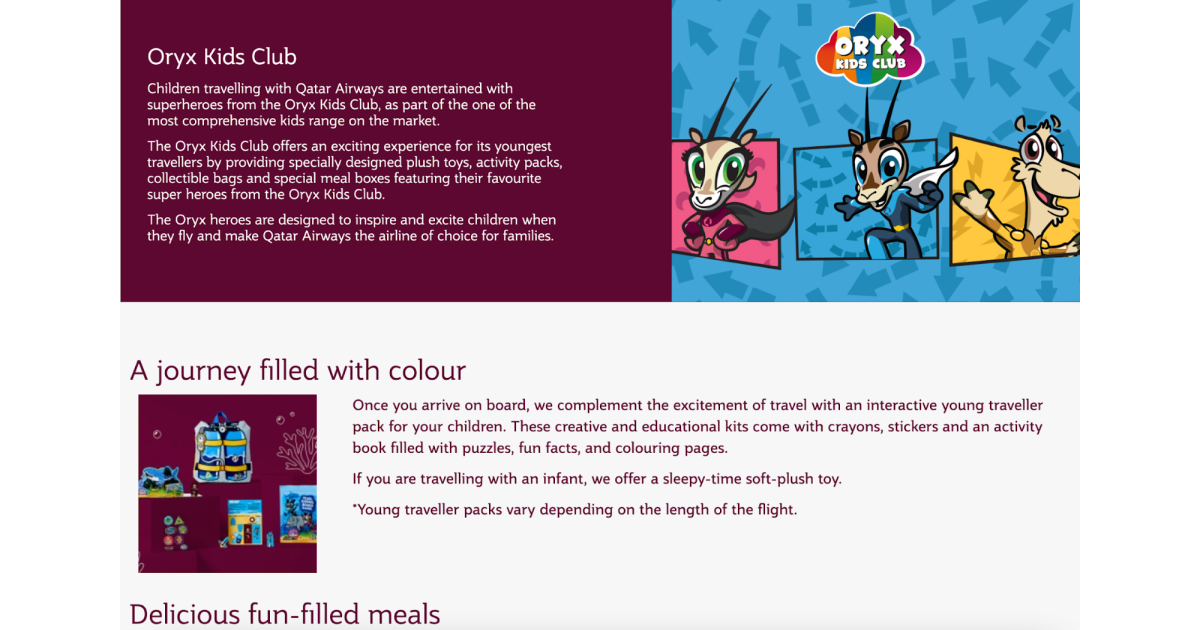
Garuda Indonesia recognized that visa-on-arrival processes can be time-consuming and burdensome for passengers. To ease that stress, they started offering immigration services on their flights to Jakarta. Passengers can now get help from immigration officers right on the plane, saving them a lot of time and hassle.
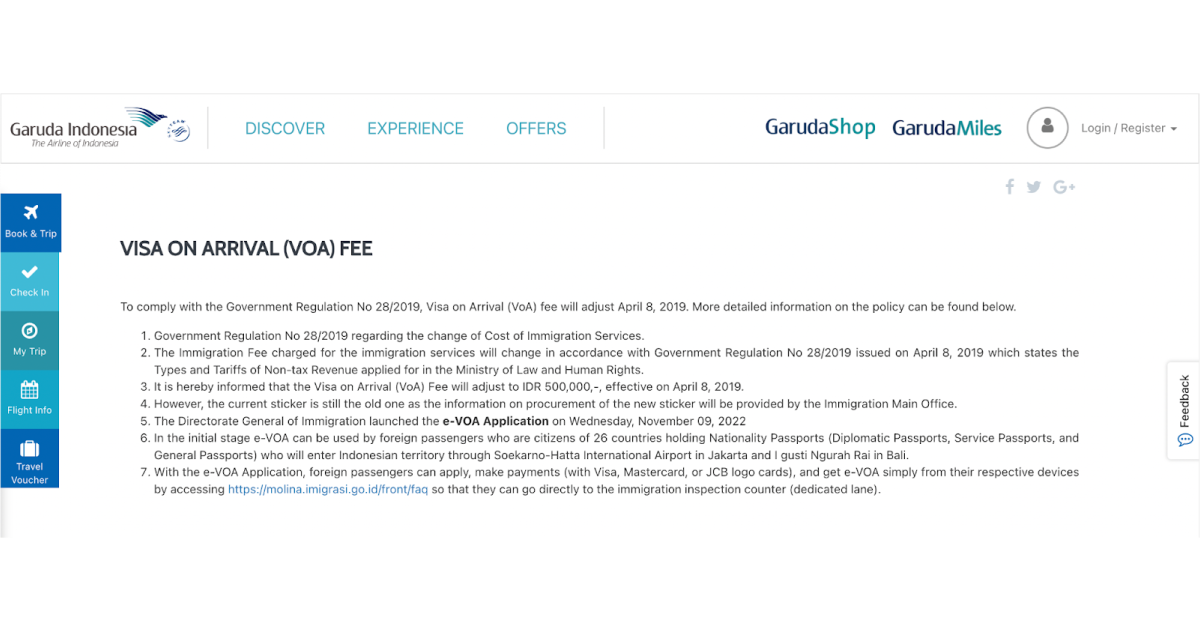
Strategy #2: Focus on segmentation and hyper-personalization

Travel is all about how you make your passengers feel, right? So, the more you can create a personalized experience that speaks to them, the more likely they’ll keep choosing your brand. Let’s break down the customer journey. You’ve got planning, booking, flying, and returning home. To win in airline marketing, you need to customize the experience at each stage, and improve airline customer journey at every stage. Take a peek at Emirates’ webpage—they show visitors the best flights from their logged-in location, even without any prior info. Talk about personalizing user experience from the get-go.
To give passengers a personalized experience, you can make the travel planning process a breeze. Some strategies for customer engagement in the travel industry are: Give them recommendations for flights, hotels, and activities based on individual preferences. Create a loyalty program that dishes out awesome perks for frequent flyers, like priority boarding, complimentary upgrades, or exclusive access to lounges. Take a look at how Etihad Airways does this.

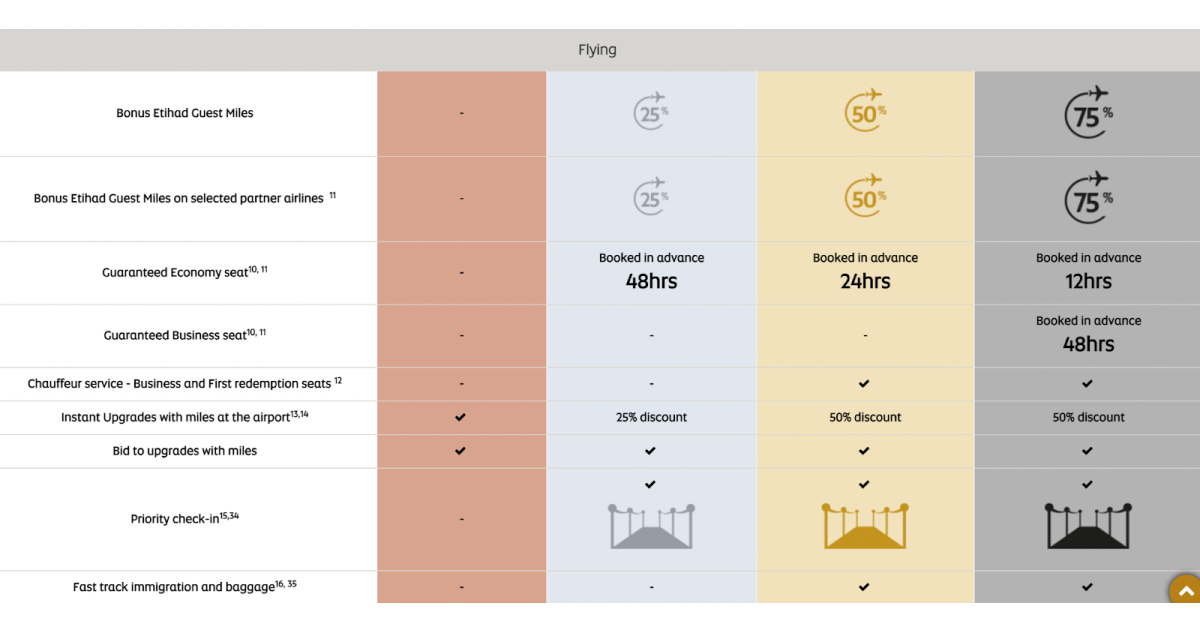
Data is your secret weapon to win the personalization game. Dive deep into users’ booking behavior, preferences, destinations, and travel dates. Get to know your customers like the back of your hand. Then, send them targeted messages that hit the bullseye.
Need help with personalization? With WebEngage, you can effortlessly personalize your communication at scale, ensuring that each message resonates with different segments of your passengers. By sending contextual messages, you can create meaningful connections and enhance engagement. Further on, WebEngage empowers you to test the effectiveness of your campaigns and make necessary adjustments to optimize your engagement rates.
Strategy #3: Supercharge your loyalty program

Loyalty programs are one of the most common but effective airline customer experience strategies. Customer loyalty programs are a great way to retain customers. By offering enticing benefits like smoother check-ins, extra baggage allowance, priority boarding, exclusive lounge access, and perks from partner companies, you can make your customers feel like they’re part of an elite club in the sky.
These programs significantly impact customer behavior. Once customers become program members, they will likely book flights directly with your airline. They’re motivated by the desire to earn those rewarding perks and enjoy the program benefits. These programs also provide a treasure trove of valuable customer data. By enrolling customers and tracking their points accumulation, you can gain insights into their travel preferences, spending habits, and buyer persona. This data lets you further personalize your offers, increasing customer satisfaction and engagement.
A well-crafted loyalty program is a powerful tool for customer retention. When you care for your customers’ needs and pamper them with extra perks, they have little reason to choose your competitors over you.
Achieving A-List status with Southwest is both attainable and rewarding. You can unlock exclusive benefits by taking just 25 flights a year or earning 35,000 points. These include priority boarding, security line access, same-day change, and standby privileges. These perks ensure a seamless and convenient travel experience.
The true gem of Southwest’s Rapid Rewards program lies in the Companion Pass. Obtaining this pass after completing 100 flights or earning 135,000 points annually gives you an exceptional benefit. With the Companion Pass, you can bring a companion on every flight free of charge (although both passengers will be responsible for taxes and fees).
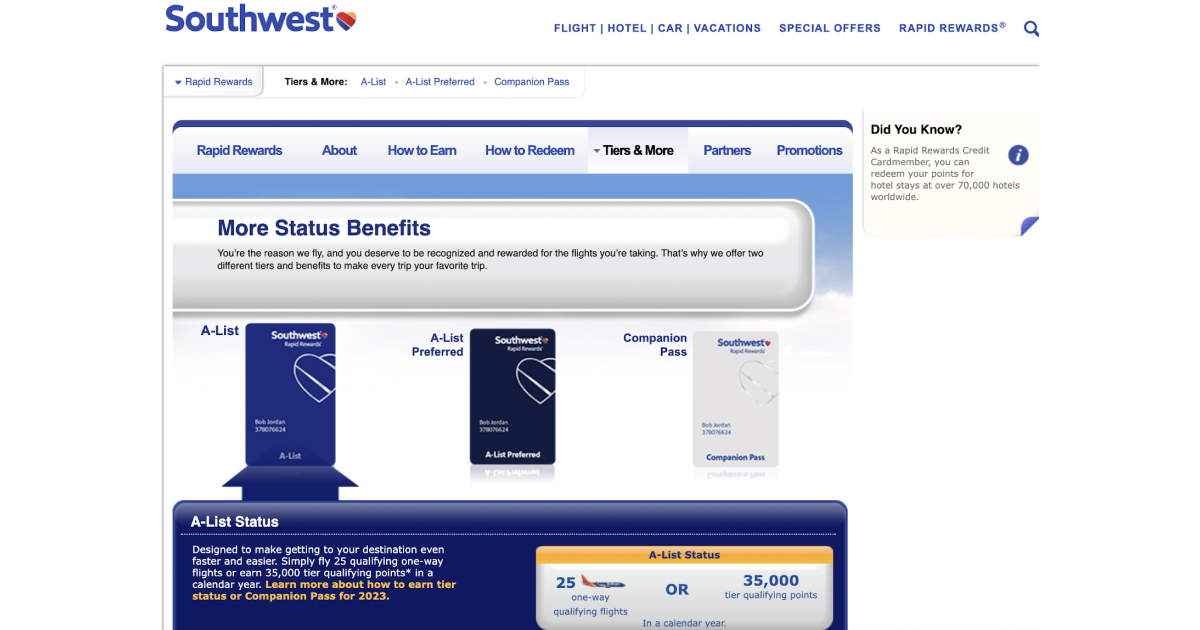
Strategy #4: Boost your cross-selling and upselling offers

Get ready to elevate your customer engagement with the power of cross-selling and upselling. Customize your cross-sell and upsell offers for each customer. Utilize their travel history, preferred cabin class, favorite destinations, and loyalty program status to create tailored recommendations. For example, look at the Air India mailer where they’re upselling business class seats to a passenger through the innovative way of asking them to bid for it. More such fun emails equal more customer engagement.
Besides upselling, you could cross-sell add-ons that perfectly complement their travel experience. For example, if they’re heading for a tropical vacation, presenting enticing deals on beachside hotels or popular surf-and-turf joints could be great ideas for engagement and conversions.
Timing is crucial to ensure maximum customer engagement. Present cross-sell and upsell offers at the perfect moments to improve airline customer journey. Communicate the value they’ll enjoy with your cross-sell and upsell deals. Highlight exclusive access, ultimate comfort, time-saving features, or long-term savings.
Check out this impressive landing page of Turkish Airlines. When booking a flight with them, transit passengers traveling through Istanbul Airport can enjoy free accommodation at partner hotels and the opportunity to explore Istanbul. Even international passengers with a 6-24 hours layover at Istanbul Airport can take advantage of complimentary city tours. Who wouldn’t be tempted by these enticing offers while traveling via Istanbul Airport?

Strategy #5: Build an Omnichannel Strategy
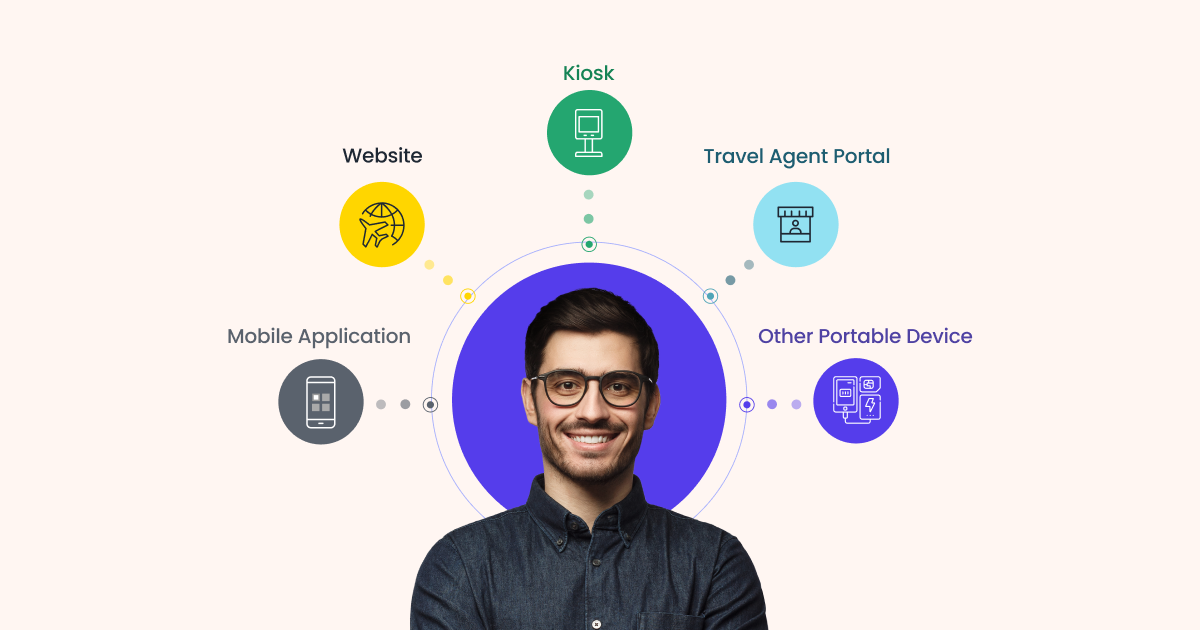
You want your passengers to have a smooth brand experience, and you can make it happen with an omnichannel strategy. No more frustrating silos; you bring everything together seamlessly with omnichannel engagement. By leveraging data from multiple channels, you can create personalized experiences that make each customer feel like a VIP. Think of tailored interactions, exclusive offers, and spot-on recommendations. When you make them feel special, you build lasting connections.
Let’s draw inspiration from Delta Airlines, who used insights from customer data such as preferred class and frequency of travel, routes traveled, and credit card usage. Delta then applied machine learning and predictive analytics to understand customer needs and deliver personalized services that leave a lasting impression. Further, Delta partnered with Amazon Connect, a cloud contact center service that streamlined their customer engagement operations.
Or take the example of Alaska Airlines. They’ve got an open customer satisfaction survey right on their website. Further, they use multiple channels to ask for feedback, making it easy for customers to share their thoughts and queries.
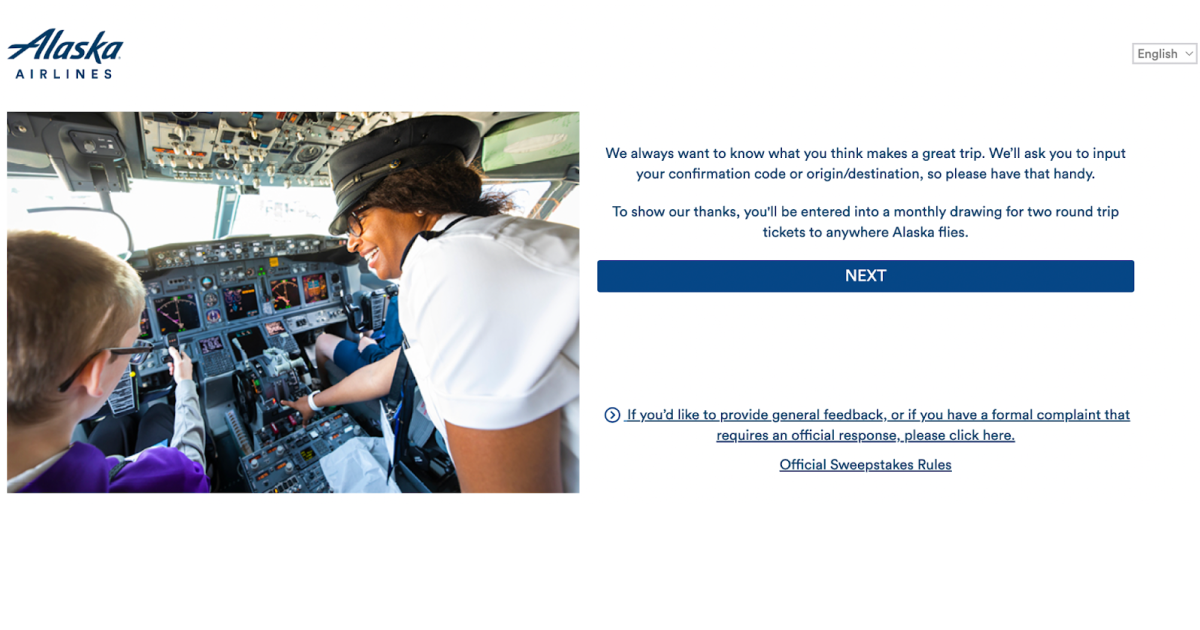
WebEngage’s omnichannel campaign tools could be the perfect fit for your aviation marketing automation if you’re looking to engage with your customers in real-time through their preferred channel of communication. With our Journey and Relay designers, you can run your campaigns on autopilot. Additionally, you can measure your campaigns’ effectiveness across channels through A/B testing and real-time reporting to make them even more contextual and relevant.
Strategy #6: Leverage the efficiency of chatbots
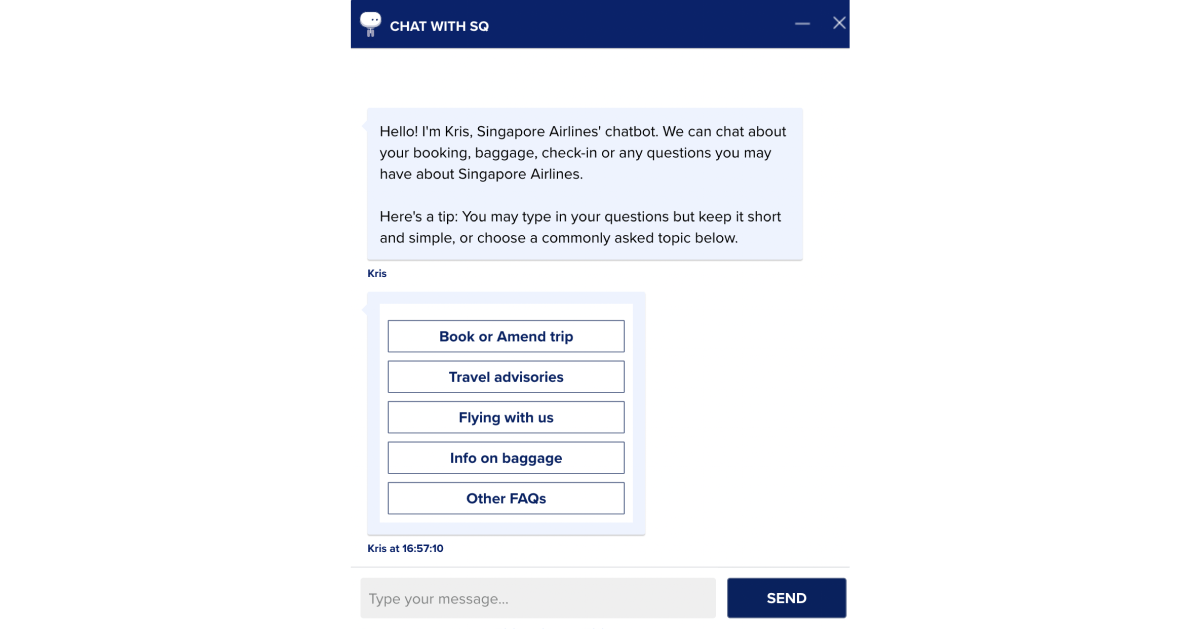
Airlines had to let go of over 400,000 workers in 2021 due to the pandemic. This translates to having fewer people to serve customers. Less customer representative means more dissatisfaction in a dynamic industry where flight changes and cancellations are a common theme. Chatbots are a powerful way to compensate for this and provide customers with a top-notch customer service experience. Chatbots can help them through basic booking queries, as shown in the image above. Human representatives can deal with complex issues like flight delays or customer-specific requests. Chatbots help you save time, money, and resources.
Cathay Pacific is a wonderful example of how AI chatbots can be used efficiently. More than half of Cathay Pacific’s customer care conversations are handled by AI chatbots. But that’s not all. These conversations are helping the airline gain more insights into customer needs and further improve the accuracy and relevance of customer communication with the chatbots.
Keep in mind that aviation is a distinct industry that sometimes faces individualized customer requirements. Thus, it’s essential to maintain the perfect balance between technology and personal touch. While most customers prefer booking flights online, they also need to be heard when facing unique problems such as a last-moment flight cancellation due to bad weather. Only a human can connect with another unhappy or dissatisfied customer to build a rapport and make them feel better. You give customers a sense of control by giving them a choice between chatbots and humans. This is important in a sector where passengers often feel powerless in the face of flight disruptions and delays. To improve airline customer journey, ensure you’re available to your customers at every stage, different channels, and ready to help them with relevant solutions via chatbots.
Strategy #7: Harness the power of social media
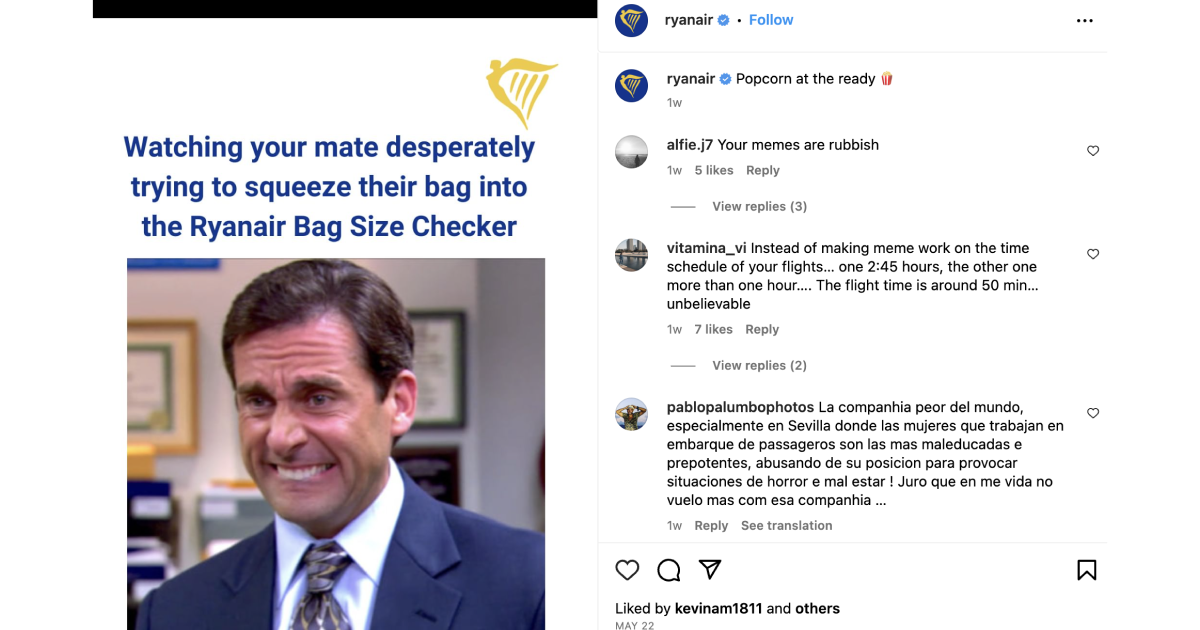
Get ready to dive into the goldmines of Instagram, YouTube, and TikTok. With a monthly user base of around 2.5 billion, 2 billion, and 1 billion, respectively, these are the hottest platforms for growing organic traffic and building engagement rates. Short-form video formats like TikTok, Instagram reels, and YouTube Shorts are hugely favored by customers. In fact, studies suggest that 73% of buyers prefer watching short videos to learn about products and services. The algorithm on platforms like TikTok rewards creativity and authenticity, making it the perfect stage for startups to shine without breaking the bank. Instagram continues to reign supreme in the visual realm.
Let’s take a peek at aviation industry leaders who’ve mastered these platforms. Emirates has set the benchmark with almost seven million Instagram followers. Their visually stunning content on Instagram keeps users engaged and entertained. Further, Emirates Airlines has partnered with the Academy Award-winning actor, Penelope Cruz, adding elegance and star power to their media campaign.
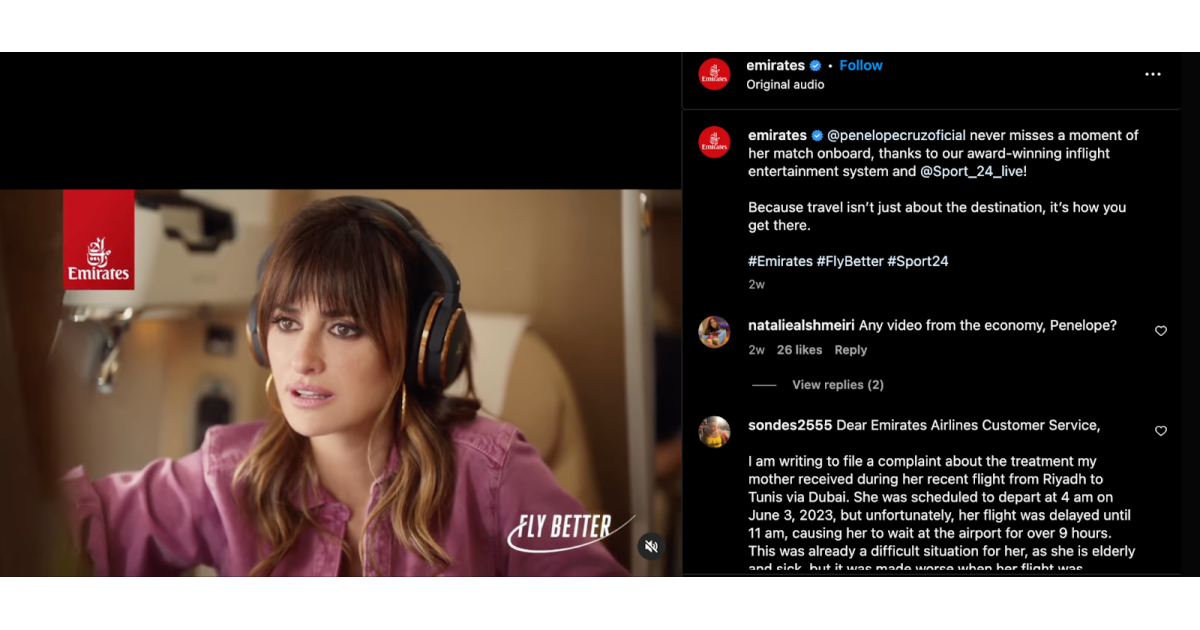
But no worries if you cannot afford an A-list actor for your marketing campaign. Your content must be genuine and relevant for your audience to feel connected. Ryanair, the European budget airline, has amassed 1.5 million TikTok followers and a million Instagram followers (as of June 2023). Their secret? Embracing TikTok trends and captivating their audience with style and simplicity. No star power, no fancy graphics, just wit and humor (sometimes even self-deprecating humor) to engage and connect with its audience. Their strong following shows that their audience is lapping it up.
Strategy #8: Take your social responsibilities seriously
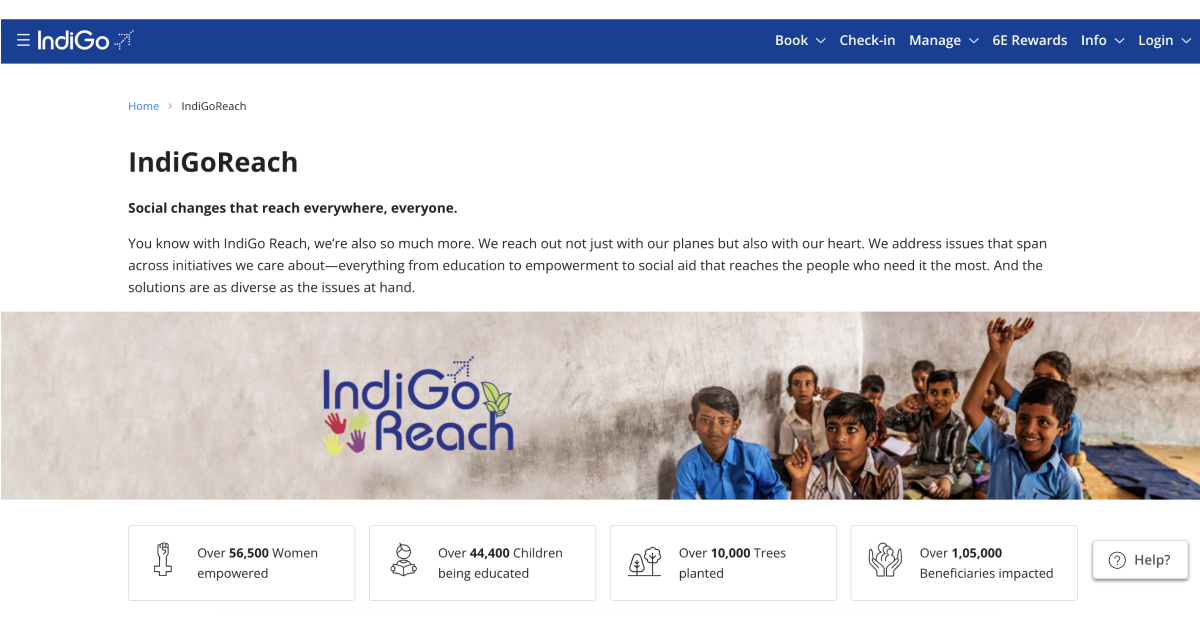
Airline Corporate Social Responsibility (CSR) initiatives play a crucial role in shaping and enhancing your brand identity. When airlines actively engage in CSR activities, such as promoting sustainability, supporting local communities, or addressing social issues, it demonstrates their commitment beyond profit-making and showcases a broader purpose. This aligns with customers’ evolving expectations of seeking brands that contribute positively to society. When people identify with an airline’s values and purpose, they feel a sense of alignment and loyalty. This loyalty translates into repeat business, advocacy, and positive word-of-mouth recommendations.
If you’re wondering how to implement this, take a page out of IndiGo’s CSR initiatives. They’ve taken community-building to the next level with their IndiGoReach program. Through this program, they’re educating underprivileged kids across multiple Indian states. They’ve reached over 44,400 students in identified schools. And when the COVID-19 storm hit, they introduced the IndiGo School Adoption Programme, ensuring those kiddos didn’t miss out on learning. They upped the teaching quality, improved infrastructure facilities, and hopped on the digital literacy train with their ‘Get Smart’ bus.
By going beyond the bottom line and actively participating in social and environmental causes, you can position yourself as a purpose-driven organization, ultimately strengthening your brand value, customer engagement, and long-term success.
Strategy #9: Create a frequent communication calendar

Maximize your customer engagement numbers with a robust communication calendar. Let’s dive into a step-by-step guide to promote a new loyalty program and increase enrollment among your frequent flyers.
- Define your goal as driving customer engagement and increasing loyalty program sign-ups.
- Segment your customers based on their flying frequency and loyalty program status. Create separate segments for frequent flyers, infrequent flyers, and new customers.
- Choose your communication channels wisely. Maybe, your frequent flyers are highly active on social media, while infrequent flyers respond well to email communications. Leverage both channels to reach target audiences effectively.
- Schedule a monthly email newsletter to keep infrequent flyers informed about the loyalty program’s benefits and exclusive offers.
- Simultaneously, create engaging social media posts to share success stories and highlight the program’s perks, targeting frequent flyers.
- Develop compelling themes and craft content highlighting the program’s rewards, including free upgrades, priority boarding, and access to exclusive airport lounges. Take a look at how United Airlines offers special upgrades to airline miles holders.
- Delegate the marketing team to create visually appealing email templates and engaging social media posts. Deadlines are set to ensure a consistent flow of communications.
- Monitor the content’s performance through powerful analytics tools to improve the customer journey of your airlines business.
- Track metrics synch as the open rates, click-through rates, and conversion rates for email and social media campaigns.
- Use this data to optimize your messaging, subject lines, and content to improve engagement and enrollment numbers.
- Adapt your communication calendar based on customer feedback and market trends.
- Always respect the customers’ choices by allowing subscribers to adjust their communication frequency and preferences.

KLM Royal Dutch Airlines regularly sends attractive flight offers for Europe through its newsletters. Customers love all the information about affordable connecting flights across Europe.
Strategy #10: Map the buyer’s journey and automate processes

Mapping the buyer’s journey is critical to enhancing your customer engagement strategy. Put on your research hat and gather feedback, analyze data, and interview customers to uncover valuable insights. Understand their motivations, pain points, and desires at each stage.
Once you understand their expectations, it’s time to automate your processes and unleash the power of personalized communication. So when a passenger books a flight with your airline, the automated system instantly recognizes their preferences based on their previous travel history. It personalizes their booking confirmation email with tailored offers and upgrades, making them feel valued and appreciated.
Take a look at IndiGo’s timely SMS notification requesting a passenger to complete web check-in for a smooth travel experience.
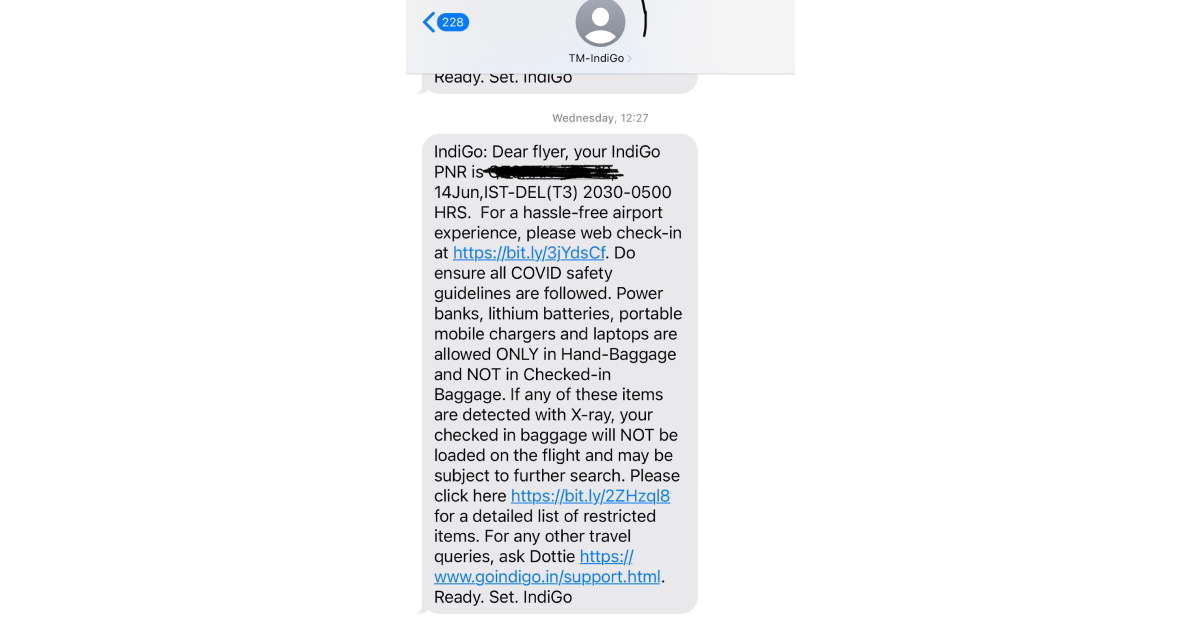
With a centralized customer data hub and aviation marketing automation software, you can easily schedule and send targeted emails, texts, and notifications. You can track and analyze customer behavior, preferences, and purchasing patterns. You can keep your customers informed about flight updates and gate changes. You can offer them personalized experiences and products. By using data-driven insights, you create a bond of understanding, making your customers feel like you truly know them.
The automation process requires the help of tools such as those offered by WebEngage. Starting from personalizing your communication to email and social media marketing to push notifications, we can help you with everything related to customer engagement while you take care of your business growth.
Strategy #11: Create and distribute targeted content
When done right, content marketing can help you attract potential new customers, engage and retain existing customers, and boost your airline business brand profile. This brings us to a key airline customer experience strategy — targeted content marketing.
Airline businesses have a wide range of options to choose from for creating and distributing content. For instance, some forms of content are newsletters, email campaigns, articles and blogs, social media campaigns, and airline magazines, among others.
However, airlines’ customers fall into a wide range of segments based on demography, location, purchasing behavior, preferences, spending power, etc. Hence, sharing the same content with all these different customer segments may not be very fruitful.
To improve customer engagement in the travel industry, you must create and send targeted content. So, let’s look at the best practices in aviation marketing related to targeted content.
Collect data about your customers, such as demographics, browsing history, purchase history, engagement patterns, etc., to create and share content that aligns with their preferences. For example, send announcements about new rewards to those customers who are already loyalty members as it may not be relevant to customers who haven’t joined your loyalty program.
Another way to send targeted content is to know where to send content. Are your customers on social media channels or do they spend more time on your website? Accordingly, create and share targets based on their preferred channels. Create these types of targeted strategies for aviation marketing campaigns.
For example, in 2012, Emirates launched a campaign, “Hello Tomorrow”, to target modern, tech-savvy customers inclined to cosmopolitan culture.
Strategy #12: Create and distribute targeted content
When customers click on ads or links, they are taken to landing pages. The landing page is supposed to encourage or drive customers to convert.
Landing pages can have specific goals. For example, in aviation marketing campaign strategies, the goal of landing pages could be to increase ticket sales, get customers to sign up for loyalty programs, introduce new products, etc.
Hence, it’s essential to design your landing pages in a way that they drive conversions. Landing pages can help improve airlines’ customer journey. For instance, create landing pages based on the different stages at which your customers are in their journeys.
Customizing your landing pages to match your airline’s brand is one of the best practices in aviation marketing. Add captivating images, write copy that matches your brand tone, add persuasive call-to-action buttons, add a form, create a mobile responsive page, and have a benefit-oriented headline.
Once designed, you must run A/B testing to see which landing pages work better than the others. You must also track metrics such as page visits, engagements, clicks, conversions, traffic source, form abandonment, etc.
The Conclusion to Customer Engagement
Customers seek superior experiences and relevant information from their chosen airlines. Airlines must adopt customer-first strategies that prioritize timely and targeted communication to meet those expectations. Whether it’s through personalized offers, seamless user journeys, aviation marketingautomation, or data-driven insights, these targeted strategies empower airlines to create exceptional experiences that resonate with their customers.
And to seek assistance with these strategies, you don’t have to look beyond WebEngage. Our full-stack retention operating system and unified customer data platforms can help you with everything from segmentation and personalization to omnichannel campaigns. Want to learn more? Here are the stories from our happy customers that show how we took customer engagement to the next level.
If you’d like to be our next success story, don’t forget to book a demo today!
FAQs
How can airlines improve customer experience?
How can airlines improve customer experience?
Airlines’ customer experience strategies such as cross-selling, upselling, loyalty programs, proactive communication, social media campaigns, and hyper-personalization, among others, can help companies improve customer experience.
How do airlines manage customer engagement?
Airlines use customer engagement tools that provide features to collect data, segment, analyze, automate communication, and create seamless experiences for travelers.
How do you build airline loyalty?
Airline businesses can build customer loyalty by creating and implementing airline customer experience strategies such as loyalty and rewards programs, prompt customer support, and personalization, among other marketing strategies.
What is important to airline customers?
Airlines being a hospitality industry, customers expect good customer experience and expect brands to improve the airline customer journey, seamless experience, convenience, and ease.
How can airlines retain customers?
Airlines can implement best practices in aviation marketing to provide a good customer experience, enhance loyalty, and improve customer retention rates.

































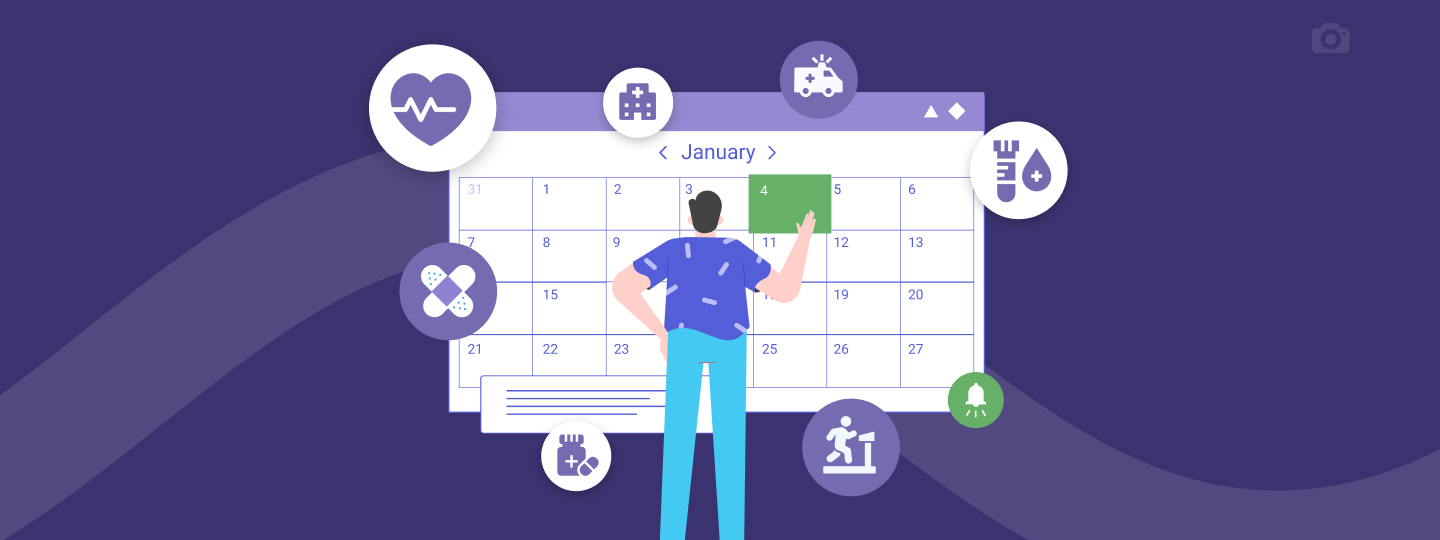
 Dev Iyer
Dev Iyer
 Vanhishikha Bhargava
Vanhishikha Bhargava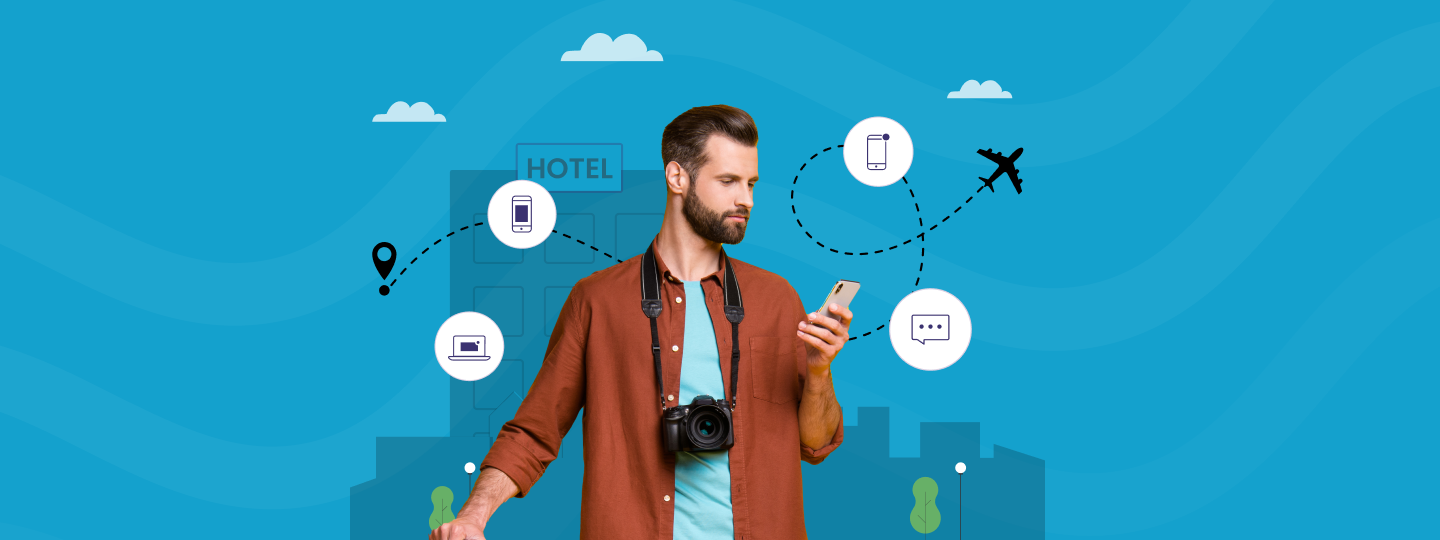
 Inioluwa Ademuwagun
Inioluwa Ademuwagun